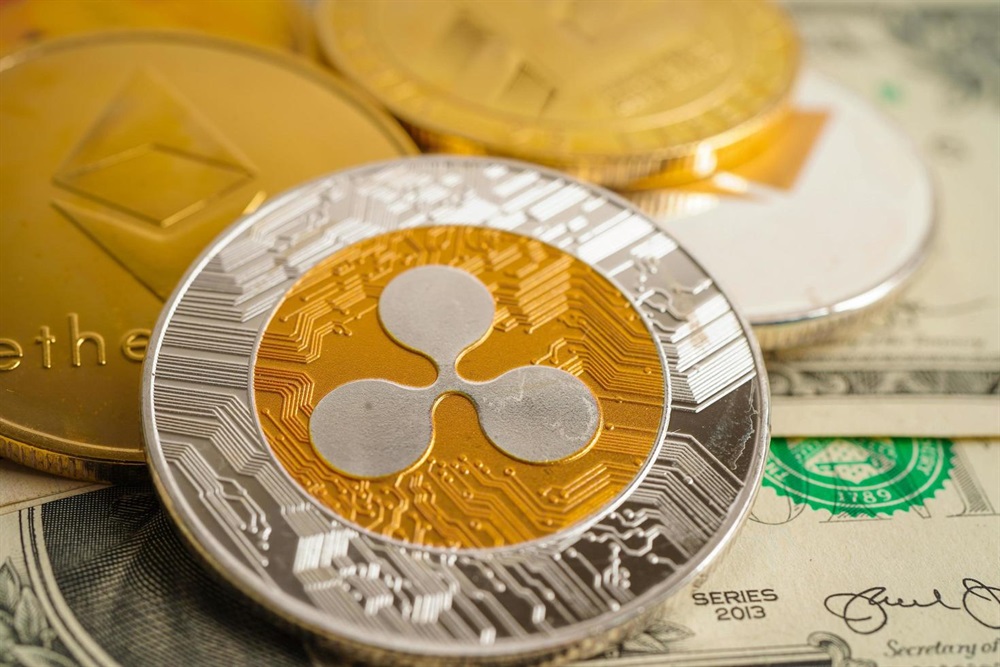Key Differences Between Bitcoin and XRP Every Investor Should Know
Bitcoin and XRP are two of the most popular cryptocurrencies, but that’s quite the only thing they have in common, as each asset has a different background and mission. Although Bitcoin is the pioneering crypto and has been investors’ favorite for a long time, XRP has rallied beyond 330% since Trump’s victory and has significantly benefited from the SEC dropping its lawsuit against Ripple. So, unsurprisingly, investors are wondering which of the assets is a better investment today. In this blog, we provide detailed insights into XRP and Bitcoin and how they differ, touching on their background, regulatory considerations, security, supply mechanisms, use cases, and more, so keep reading!

Bitcoin and XRP comparison
Bitcoin was introduced in 2009 by Satoshi Nakamoto and was designed to be a peer-to-peer electronic money system that eliminates financial intermediaries. Based on principles of Austrian economics, Bitcoin has a capped supply of 21 million coins, and its transparent and immutable monetary policy ensures that transactions are final and trustless. Due to these characteristics, Bitcoin is well-positioned as a hedge against inflation and a trustworthy store of value.
On the other hand, XRIP was launched by Ripple Labs with the aim of offering real-time gross settlement to financial institutions, with 100 billion tokens created at inception. Large XRP trenches are held in escrow, which Ripple Labs has control over. Throughout the years, the project has evolved, so XRP is now significantly different from its initial intention.
Blockchain technology and consensus mechanism
BTC and XRP have very different underlying technologies, resulting in distinct models for security, operation, and decentralization. Bitcoin uses a PoW consensus model, which requires miners to compete so they can add a valid ordering of BTC transactions. Although energy-intensive, the process offers a high degree of decentralization, simultaneously making the network resistant to attacks and censorship.
XRP, on the other hand, relies on a federated consensus algorithm that utilizes minimal energy and ensures fast transaction processing. However, this comes at a cost, as XRP is vulnerable to state control, regulatory capture, and censorship.
Transaction speed and fees
Bitcoin has a block interval of approximately 10 minutes, and its fees fluctuate with demand, increasing during periods of peak activity, which represents a trade-off in exchange for decentralization and security. XRP, on the other hand, can settle transactions at the cost of fractions of a cent, thanks to its validator model, which differs from the global PoW consensus; however, this comes at the cost of security and decentralization.
Use case
Bitcoin operates as a store of value and a decentralized digital currency, allowing anyone to transact without relying on an intermediary, such as a bank. The asset gained international recognition as a potential settlement layer for global trade and banks due to its predictable supply, robust security, and absence of counterparty risk.
XRP differs from Bitcoin in terms of use case, as it was marketed as a solution for low-cost and quick cross-border payments. However, Bitcoin’s increased acceptance in banking and its potential to serve as a global settlement layer has made XRP’s use case less distinguishable. However, according to many investors, it has proven its utility, as Ripple Labs sells it on the open market regularly to get funding for the project.
Security and regulation
The architecture of Bitcoin hasn’t been successfully attacked at scale since its inception, and this is one of the reasons why it is classified as a digital commodity rather than a security.
On the other side of the spectrum, Ripple spent over four years involved in a lawsuit with the SEC, which was settled in March 2025. As part of the settlement, Ripple agreed to pay a reduced fine of $50 million. Ripple has also faced criticism because, in March 2022, co-founder Chris Larsen partnered with Greenpeace USA for the “Change the Code” campaign, pushing to persuade people that the consensus mechanism of Bitcoin is harmful to the planet. The criticism stemmed from various factors, including an underestimation of community resistance and accusations of misleading claims about the energy sources of the leading cryptocurrency. Because the campaign relied on buying ads, it was perceived as ineffective and potentially harmful in terms of environmental advocacy.
Market adoption
Millions of people worldwide own Bitcoin, ranging from merchants and institutions to several governments. The launch of spot Bitcoin ETFs in 2024 had a significant impact on Bitcoin’s widespread adoption, attracting over $115 billion in assets.
Things aren’t the same when it comes to XRP, however, as its institutional thesis has struggled, and the broader uptake of the token is modest compared to its marketing profile. There remains considerable ambiguity surrounding its regulatory status, particularly in the U.S., which further hinders its integration into the mainstream financial system.
Investment potential
When assessing the investment potential of XRP and Bitcoin, it’s essential to take into consideration factors such as market narrative, technology, and regulation. Bitcoin’s characteristics, such as decentralized security, predictable issuance, and increasing institutional demand, support its reputation as digital gold. Its established track record showcases a favorable outlook for crypto enthusiasts seeking a hedge against the risks of fiat money.
Conversely, the future of XRP depends on whether it can overcome regulatory stigma and demonstrate sustained demand as a payment platform. Although the lawsuit with the SEC has been settled, centralization risks and overhang still raise concerns that impact the investment potential of XRP.
Takeaway
Bitcoin and XRP are based on different philosophies: while Bitcoin is an energy-anchored security, its ongoing adoption continues to strengthen its role as a resilient settlement network and store of value. In contrast, XRP is tethered to centralized governance and still needs to prove its organic utility. While market prices may vary, every investor who wonders what asset is best should consider the fundamentals discussed in this blog. Ultimately, no one can tell you which is a better buy, but it’s essential to consider what both assets offer in terms of security, use cases, transaction speed, and investment potential and make an informed decision that aligns with your goals.





